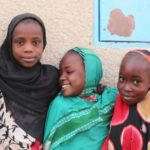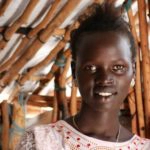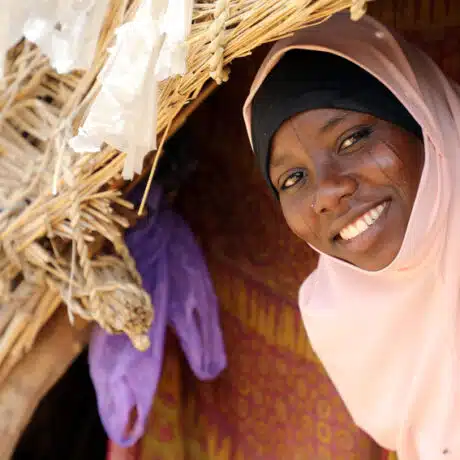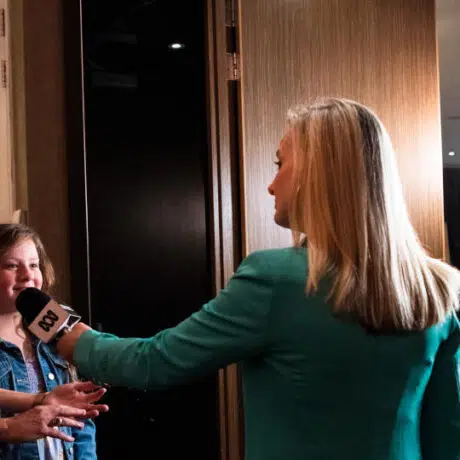News and Stories - Girls Rights - 11 November 2021
Girls’ education and climate change
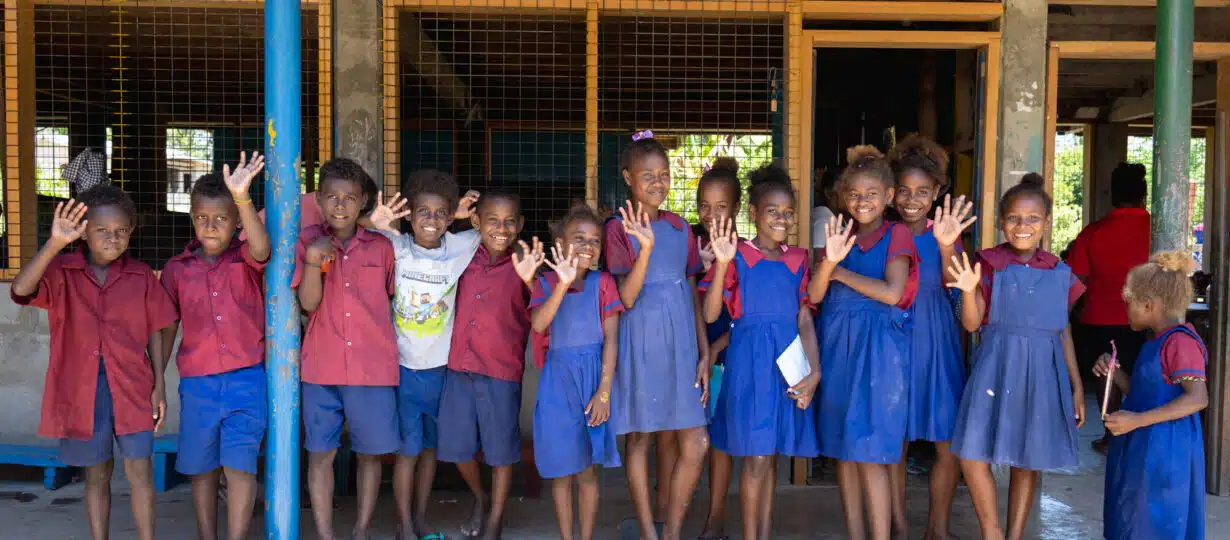
What if one of the missing pieces of the solution in the climate crisis was as simple, and as powerful, as educating a girl?
All over the world, girls are at the forefront of the climate revolution. They are leading sustainable farming revolutions and growth in green industries. They’re leading activism and political change. They’re driving creative and innovative solutions to climate change, in their own communities and globally. Educated girls become the leaders our planet needs.
But girls’ education has been hit hard by lockdowns and school closures. Every day, girls are pulled from school. And every day we lose the potential of a future leader, scientist, or conservationist. Future generations will need every incredible mind to combat the climate crisis.
Climate change and inequality
Climate change magnifies the inequalities girls and women already disproportionately face, such as lack of access to education, poor access to sexual and reproductive health services, increased child, early and forced marriages, early pregnancies, violence, and human trafficking. Communities and countries contributing the least to climate change are impacted the most.
By investing in girls’ education, we could tear down the practices and structures that are damaging our planet and causing this inequality.
Our current solutions to climate change are incomplete. We’re trying to tackle the world’s biggest crisis, but neglecting half the world’s population. We’re missing out on the leaders, innovators and change makers we need to transform the world.
So how does education help?
Education is critical in tackling harmful gender norms, and empowering girls to have control over their own lives and to drive change in the world around them.
Girls’ education has been hit hard by lockdowns and school closures. If world leaders don’t step up and invest in education that responds to the needs and rights of girls, over 20 million may never return to school.
The climate emergency makes this all the more urgent, and could mean another 12.5 million girls each year not finishing school by 2025.
We know girls’ education advances climate justice – every additional year of schooling for girls leads to significant improvements in a country’s resilience to climate-related disasters.
When the world invests in girls’ education, we can tear down the practices and structures that are damaging our planet. We can unlock girls’ creativity, their power, their resilience and their leadership. Educated girls lift us all.
15-year-old Louisa is helping her community adapt
Louisa is one of thousands of children in the Philippines who are dealing with the effects of climate change, which scientists believe is causing an increasing number of deadly typhoons. None have been deadlier than Typhoon Haiyan which claimed over 6,300 lives and displaced over 4 million people.
“We experienced the typhoon in 2013 and now we fear losing our homes as the shore is slowly being eaten away by the sea. If we do not do something, we might be homeless in the future due to coastal erosion.”
Louisa and her friends decided to act after taking part in a number of environmental training sessions run by Plan International, which put children at the centre of climate change adaptation in six municipalities in Western Samar, Eastern Samar and Leyte.
As well as planting trees to protect against erosion and cleaning up beaches, they also lead information drives in different villages and schools to inform community members about the impact of climate change and what can be done to reduce its effects.
With support from Plan International, the group recently secured funding from their local council to carry out their work after presenting their action plan and showing how they would use the funding to help their community adapt to climate change and prepare for disasters.
The Girls Education & Empowerment Fund
A Brookings Institution study found that for every year a girl stays in school, her country’s climate resilience measurably improves by 3.2 points (as measured by the ND-GAIN Index, which calculates a country’s vulnerability to climate change in relation to its resilience).
Educated girls can foster greater climate participation and leadership, as well as develop their life skills for a green economy.
Investing in girls’ education is life-changing for girls themselves – but the ripple effect it can have for entire communities and countries has the potential to truly transform our world. That’s why we created our new multi-year giving initiative, The Girls Education & Empowerment Fund (GEEFund).
Designed to address the barriers preventing girls from accessing and completing a quality education, the fund has the power to support an entire generation of girls to finish school and choose their own futures.
To achieve this kind of long-term change, we need a long-term plan. That’s why we ask supporters of the fund to commit to a multi-year pledge of a meaningful amount for five years.
Your contributions are pooled with other donors and used to leverage further funding in the form of multi-year grants from our institutional partners, like the World Food Programme and the Department of Foreign Affairs and Trade, effectively multiplying your impact by 2x (or more).
Learn more how you can tackle the barriers that prevent girls from receiving an education.

